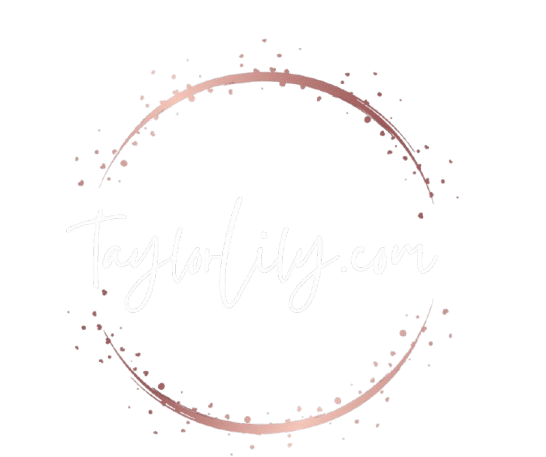Tableau Data FabricHey there, fellow data enthusiasts! It’s Lilly, a 24-year-old blogger, and I’m excited to dive into the world of Tableau Data Fabric. As someone who’s passionate about data analysis and visualization, I’ve often found myself wondering what this term means and how it can benefit my work. So, let’s get started!What is Tableau Data Fabric, you ask Well, it’s a relatively new concept in the world of data analytics, and it’s gaining popularity fast. In simple terms, Tableau Data Fabric is a unified data management platform that enables organizations to connect, manage, and analyze their data across multiple sources and systems. Think of it like a giant Taco Sleeping Bag that wraps around all your data, keeping it cozy and organized.But why would someone ask this question in the first place Perhaps they’re looking to streamline their data workflow, improve data quality, or gain better insights from their data. Whatever the reason, I’m here to help you understand what Tableau Data Fabric is all about.Here are some key benefits and features of Tableau Data Fabric Unified Data Management Tableau Data Fabric allows you to manage your data in a single, unified platform, eliminating the need for multiple data silos and reducing data duplication. Data Integration With Tableau Data Fabric, you can integrate data from multiple sources, including cloud storage, on-premises databases, and big data platforms. Data Governance The platform provides robust data governance capabilities, ensuring that your data is secure, compliant, and easily accessible. Real-time Analytics Tableau Data Fabric enables real-time analytics and reporting, allowing you to make data-driven decisions quickly and accurately. Scalability The platform is designed to scale with your organization, handling large volumes of data and high-traffic workloads with ease.Now, I know what you’re thinking Lilly, this all sounds great, but how can I get started with Tableau Data Fabric Well, my friend, it’s easier than you think! Here are some actionable steps to help you get started Start small Begin by identifying a specific business problem or opportunity that you’d like to address with Tableau Data Fabric. Assess your data Take stock of your current data landscape, including the sources, formats, and quality of your data. Choose the right tools Select the right tools and technologies to support your Tableau Data Fabric implementation, such as data integration software, data governance platforms, and analytics tools. Build a data fabric team Assemble a team of experts with diverse skills and expertise to help you design, implement, and maintain your Tableau Data Fabric.As a blogger, I know that writing these posts takes time and effort. That’s why I’d like to ask for your help. If you found this post helpful, please consider buying me a coffee (https://gofundme/f40c797c) or supporting our blog in any way you can. Your gift can be the catalyst for change, empowering me to make a bigger impact or simply providing a relaxing mini aromatherapy diffuser with essential oils to create a calming atmosphere.Thanks for reading, and I hope you found this post informative and helpful!

Tech
how to search for archived emails in outlook – TaylorLilly.com
Learn how to search for archived emails in Outlook with ease, and never miss a crucial message again Discover the simple steps to find and retrieve archived emails in this stepbystep guide







